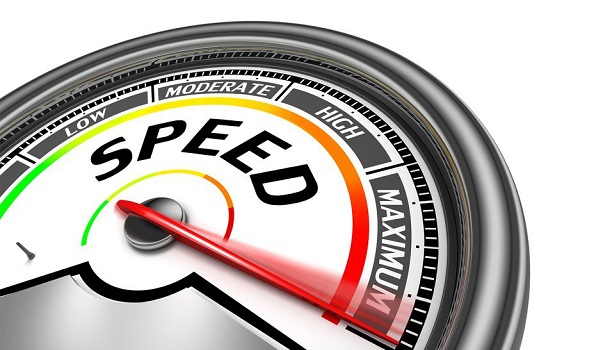As a very ardent user of mobile internet on my gadgets, I have always been faced with the dilemma of trading battery life for faster Internet speeds or the other way round. It is a simple thing to understand, and since we also talk about cars and other vehicles here on MobilityArena, I shall use an analogy. When you drive faster, your vehicle burns fuel faster, so you run out of gasoline faster.
It is the same thing that happens when you switch to newer mobile Internet technologies that deliver faster Internet speeds. It happened when 3G was introduced, happened when 4G was introduced, and is happening now that 5G is here.

Table of Contents
From EDGE to 3G
EDGE (Enhanced Data for Global Evolution) was cutting edge 2G technology. It was first introduced in the united states in 2003 by Cingular (now AT&T). Then 3G was introduced and cellphone users began to experience faster battery drain as they experienced the faster Internet that 3G delivered. Where EDGE was reasonably fast, many subscribers defaulted to that most times. Once they switched to the faster 3G service, their battery life got halved. People loved and enjoyed the speed that 3G offered, but switching to 3G often resulted in users looking for somewhere to charge before the day was over.
An associate, Emmanuel shared his experience: “Even with the 2500 mAh battery that powers my Galaxy Note, browsing with 3G on will keep me online for about 4 hours after which I begin to get the battery low notification.”
From 3G to 4G, and 4G to 5G
This scenario repeated itself when 4G was introduced and now that 5G is here. Our smartphones have bigger batteries than ever – 5000 mAh batteries are almost the norm now – yet many users struggle with battery life, especially over a 5G connection. This is the trade-off when we get faster Internet technologies.
Managing faster Internet and better battery life
There are several steps that mobile users can take to reduce battery drain when using newer mobile Internet technologies. Some mobile users switch between newer and older technologies as needed to maintain this balance. For example, back when 3G was introduced many years ago, one associate of mine would keep his smartphone on EDGE except for when he needed faster Internet to download fairly big files (then he would switch to 3G for that action, and back to EDGE once done). He hardly ever made use of 3G for everyday tasks, all in a bid to conserve battery power.
I think that can be tedious, especially if you have to download files fairly often. But I understand that each mobile user must find what works for them. Here are a few more ways that you can squeeze better battery life out of your smartphone when you want to continue to enjoy the faster Internet speeds that 4G and 5G provide.
Reduce Screen Brightness
Smartphone displays are the biggest guzzlers of battery power. Their higher resolutions, higher refresh rates, and support for advanced features means that when your screen is on, it drains a lot of power. It can’t be helped if you have to use your phone, but one thing you can do to save battery life is reduce the brightness. A brighter screen requires more power to operate, so lowering the brightness can help extend battery life.
Switch to a Lower Screen Refresh Rate
If your smartphone supports higher refresh rates like 90Hz, 120Hz, 144Hz and higher, that is a significant consumer of power. So, if you want better battery life from your phone, disable higher refresh rate. You will find the menu to do that under Screen/Display under your phone Settings.
Turn Off Unused Features
Turning off unused features like Bluetooth, Wi-Fi (when outside of your Wi-Fi coverage), and GPS can help reduce battery drain. These features can use a lot of power, especially when they are constantly searching for a signal.
Use Battery-Saving Mode
Many phones have a battery-saving mode that can be enabled to reduce power consumption. This mode may reduce performance or limit certain features, but it can help extend battery life, especially when you are not using the phone e.g. when in meetings, while sleeping, or carrying out other activities. Some smartphones allow you set a schedule during which battery-saving mode is activated, so your phone conserves power.
There are many articles on the Internet that say to close unused apps to conserve battery life, but that is an arguable point. Most smartphones have excellent app management already and I don’t think that you hunting apps to close will help you much in this area.